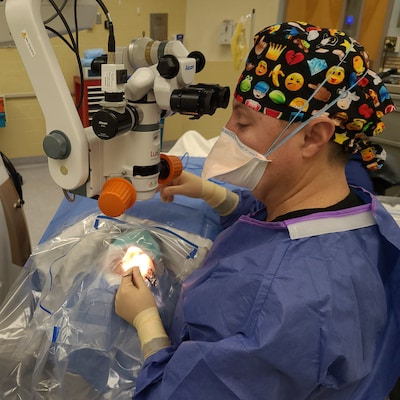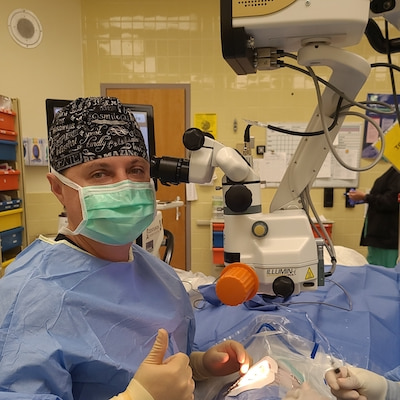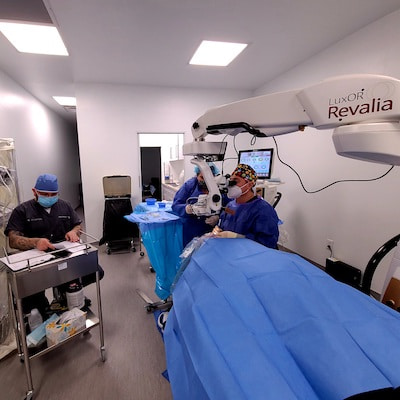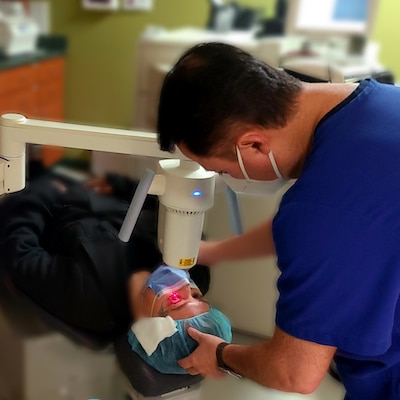AMD

What is Age-Related Macular Degeneration (AMD)?
Age-Related Macular Degeneration (AMD) is a degenerative condition of the central part of the retina known as the macula. The macula is responsible for our central, detailed vision as well as our color vision. The manifestation of AMD usually begins after the age of 55. Increased risks besides aging include, but are not limited to genetics, smoking, UV exposure and nutrition. If you have been diagnosed with AMD, it is important that you check for distortions on the Amsler Grid on a weekly basis.
Types of AMD:
- Non-Exudative or Dry Macular Degeneration is the most common. It is characterized by the appearance of drusen, which are small yellowish deposits that form beneath the retinal pigment epithelial (RPE) layer. Central vision blurriness occurs gradually as the photoreceptor cells breakdown and become thinner. There is no treatment for dry AMD but vitamins with C, E, beta-carotene, zinc and copper are recommended.
- Exudative or Wet Macular Degeneration occurs in approximately 15% of the population who were previously diagnosed as dry. Abnormal blood vessels (choroidal neovascularization) grow beneath the retina and leak fluid or bleed, causing distortions and blurred vision. Although there are several types of treatments for the wet type, none will restore lost vision.

There are two diagnostic tests to determine if you have wet or dry AMD:
- Fluorescein Angiogram: A fluorescein dye is injected into the vein of the arm or hand. It circulates throughout the body and reaches the back of the eye within 10-15 seconds. Many photos will be taken as the dye flows through the veins and arteries of the retina. The dye illuminates the blood vessels and allows your ophthalmologist to see any abnormalities where the dye leaks out.
- OCT (Optical Coherence Tomography): A non-invasive diagnostic scanning tool that examines the layers of retinal tissue and the optic nerve.
Hear from our patients!
Treating Families - Not Just Their Conditions












